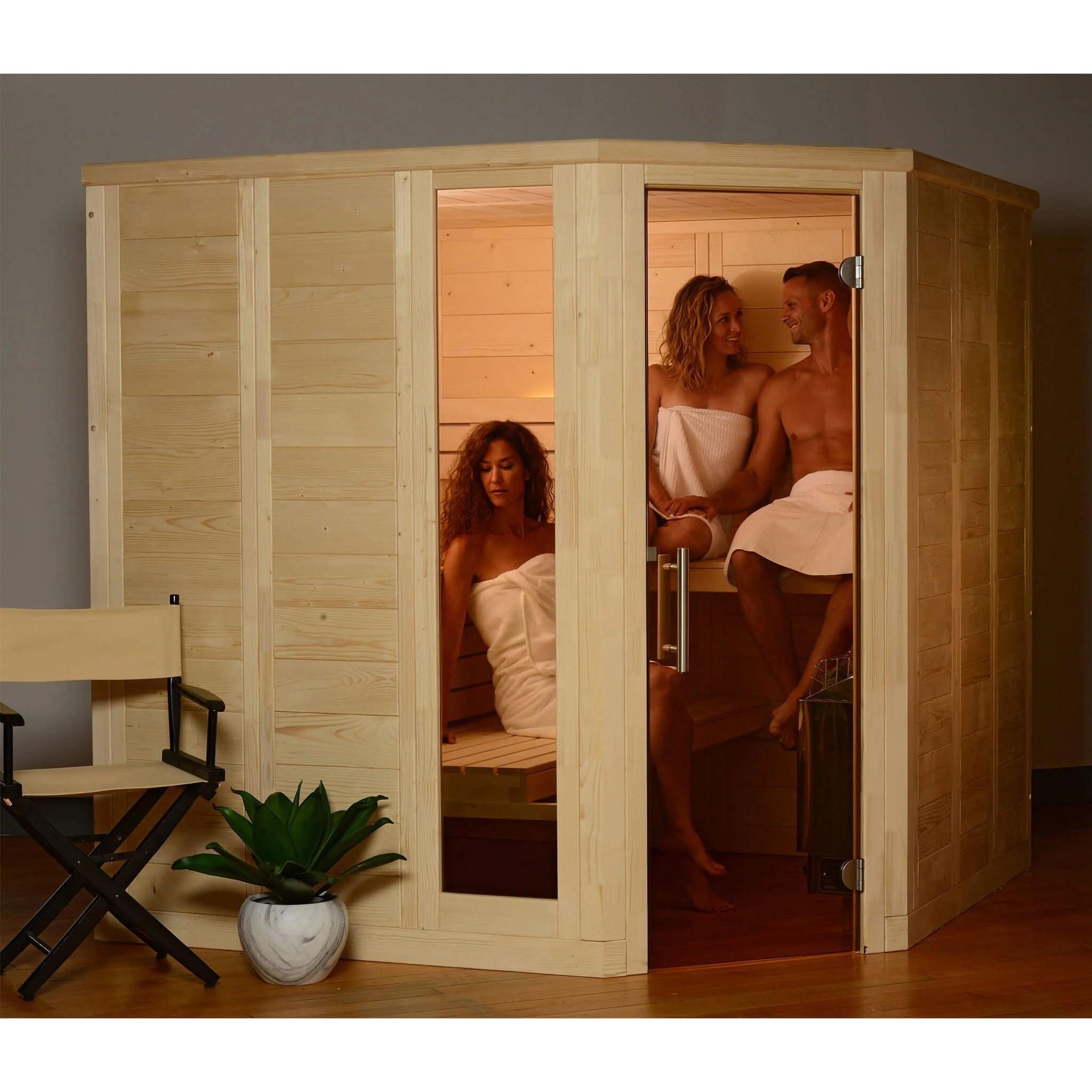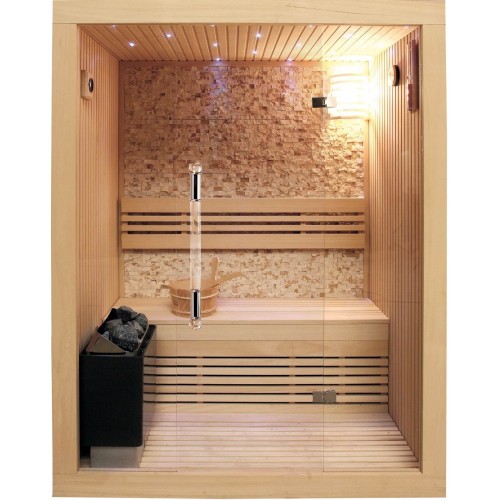Not known Facts About Traditional Sauna
Table of ContentsExamine This Report about Traditional SaunaUnknown Facts About Traditional Sauna4 Simple Techniques For Traditional SaunaSome Known Factual Statements About Traditional Sauna Top Guidelines Of Traditional Sauna
Many of the weight shed in a sauna is water loss and is re-gained upon rehydrating. Without an uncertainty sauna can be an important part of a healthy weight loss program. To look at the differences between conventional and IR saunas, I will separate these into verifiable, theoretical, and fabricated distinctions.Thus, the hottest point in the saunawhich goes to the ceiling straight over the sauna heateris commonly in between 185 and 190 F. Claims that a typical sauna exceeds 200 F is simply not true and not appropriate for electric saunas sold in the US. The temperature level for a far-infrared sauna is generally established in between 120 and 140 F; nevertheless, unlike the standard sauna, the goal in and IR room is not to attain a heat.

When a typical sauna has actually been properly heated, the sauna wall surfaces are cozy, the air temperature has actually achieved set temperature level and the rocks are incredibly heated. As a fascinating side note, the heated wall surfaces and the rocks are discharging far-infrared heat, incorporated with the heated air, to produce an "enveloping warm".
The Facts About Traditional Sauna Revealed
When the high temperature level is accomplished, the components cycle on and off to maintain the heat. The majority of standard sauna customers delight in putting water over the rocks to develop steam to elevate sauna humidity degrees. The advantages of putting water over the rocks include: making the room a lot more comfortable, dampening the nasal flows, and allowing the use of aromatherapy by mixing necessary oils with the water.

When the energy gets in the body, it triggers the body temperature level to enhance and inevitably leads to sweat. In an infrared sauna it's important for the emitters/heaters to remain on almost continuously. Considering that there is other no mass of rocks to preserve warm, the sauna will certainly cool down if the emitters shut off.
An Unbiased View of Traditional Sauna
As pointed out over, the sauna bather in an infrared space wishes to position himself in front of operating emitters to get optimal advantage from the heat. The home heating time for the 2 rooms can be extremely various, relying on how the rooms are made use of. For a traditional sauna, a bather needs to allow 30-40 mins for the room to attain a preferred temperature level and to effectively pre-heat the rocks.

A well built sauna will normally attain a temperature of 150-160 F in about 30-40 minutes. For hotter temperature levels, the area might need to heat for a longer period.
To some, 15 mins was "squandered" while the infrared power warmed the timber panels as opposed to warming a body, while others find a pre-heated room to be much more comfortable and believe a raised beginning temperature level is needed to start sweating. The size of advised usage for each and every area is about the very same (10-15 mins per session); nonetheless, as a result of the lower air temperature levels and the capacity to really feel the impacts of infrared warmth much faster than a traditional sauna, it is not uncommon for a person to invest a total of 20-30 mins in an infrared sauna.
6 Easy Facts About Traditional Sauna Shown

The typical price per kWH of electrical power in the united state is roughly $0.11, so a 4.5 kW heating system will cost about $.50 to run for one hour, if the heating unit runs continually for one hour. Usually a sauna heating system will run for 75% of the Go Here very first hour and 50% of succeeding hours on because the components cycle once the established temperature is accomplished.
A 2 individual far-infrared area is usually physically smaller sized than a typical sauna, frequently regarding 4' x 4' or smaller sized. The IR furnace is typically 1.5-1.7 kW utilizing a 120 volt 15 amp plug-in service. Considering that the space can be made use of faster than a sauna room, we will presume the space is utilized for to of an hour consisting of warm up time.
There is a rarely gone over distinction in the social experience between the 2 areas. While why not look here our society has actually shed several of the social advantage of the typical sauna experience, it can be really socially rewarding (Traditional Sauna). From family time in the sauna, to heart-felt conversations with significant others, to sauna partiesthe traditional sauna experience can lead to intimate socializing
The Greatest Guide To Traditional Sauna
Most higher end infrared spaces consist of tinted light therapy, noise systems and full-glass fronts.